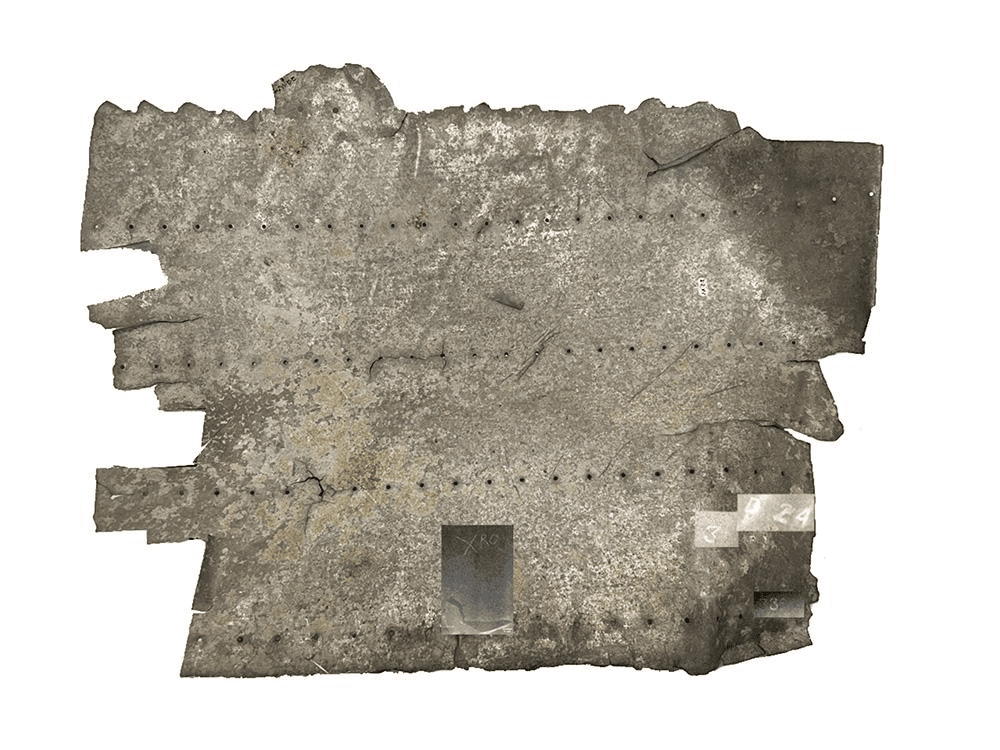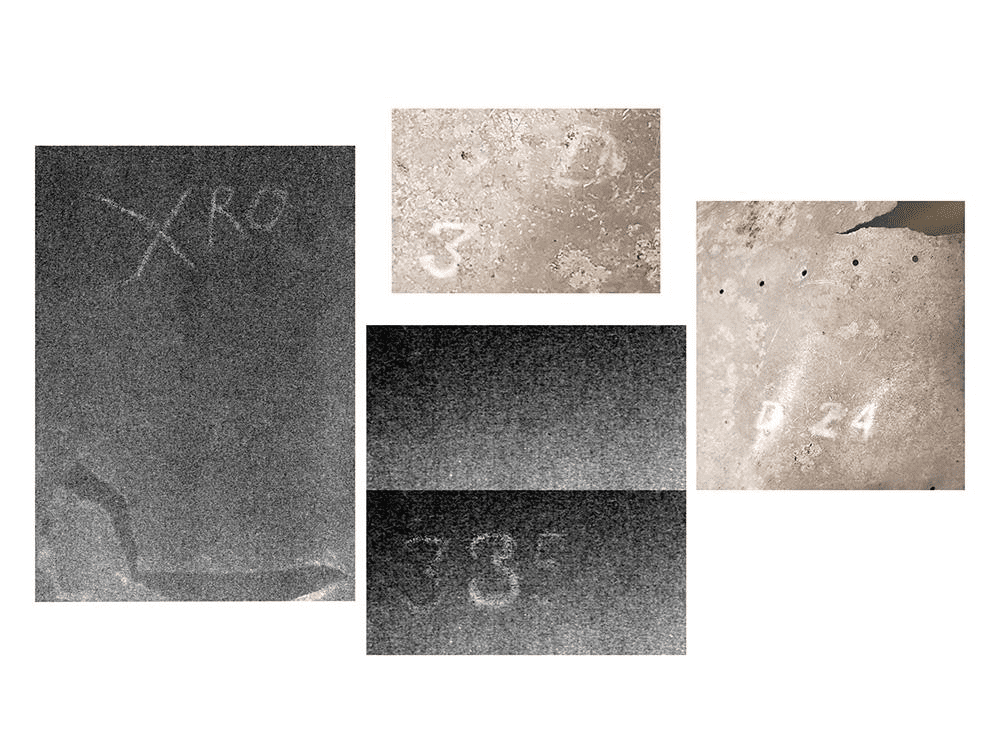When Amelia Earhart disappeared attempting to circumnavigate the world, plastics were so rare their waste was a minor problem, even in major cities. In the central Pacific, where Earhart was last seen, the idea of plastic pollution probably seemed unimaginable. Yet reanalysis of one of the possible clues to Earhart’s last location has had a spinoff in the quest to tackle a problem now reaching the most remote parts of the world.
Fifty years after Earhart and navigator Fred Noonan vanished, a metal panel was found at Nikumaroro, known in Earhart’s time as Gardner Island, along with other items that might once have been part of their plane. In using neutron radiography to study the panel, scientists may finally resolve one of aviation’s biggest mysteries.
The panel has been a puzzle since it was found in 1991 as part of a search by The International Group for Historic Aircraft Recovery. It carries rivet lines that resemble those seen in photos of Earhart’s Lockheed Electra, but the match isn’t perfect. Perhaps it came from another plane, although such a remote island was not visited often, or maybe damage to the Electra forced a patch-up job, and the replacement was all we have been able to find.
When Daniel Beck of Penn State University saw a documentary on the search for Earhart, he thought the University’s Breazeale Reactor’s neutron beam might be what was needed to determine the panel’s origins.

Some people believe this panel is the key to unravelling the mystery of what happened to Amelia Earhart. Neutron radiography images are overlaid on the image. Image credit: Kenan Ünlü
Neutron radiography relies on the curious fact that neutrons interact with some elements, but are unaffected by others. Unlike with X-Rays, this is isn’t determined by density. “We thought it was a good fit –we were fairly confident we’d be able to see the remnants of marks worn away or paint particles,” Beck said in a statement. “The first images were really exciting, but we knew we needed to do better to confirm what we thought we saw. We were already in the process of upgrading the neutron imaging facility, so the panel provided the perfect sample to optimize our neutron radiography capabilities.”
The upgrades allowed the team to see letters and numbers scratched on the panel neither they nor others who had studied it before had detected. “We found what looks like stamped or painted marks that could be from the original manufacturer,” said Penn State’s Professor Kenan Ünlü. We don’t know what they mean, but they are the first new information from this panel that has been examined by various experts with different scientific techniques for over 30 years.”

The neutrons reveal characters reading: XRO, 3D, D24 and 335 or 385. Image credit: Kenan Ünlü
The panel proved such an ideal test subject it allowed the team to develop their reactor’s sensitivity, improving its capacity to handle its next challenge; tracing microplastics.
Doctoral student Alibek Kenges applied the neutron beams to sand samples. “The resulting image doesn’t show the sand at all, but the microplastics, from a millimeter to a few millimeters in size, light up like Christmas lights,” Kenges said.
The discovery that microplastics are now abundant in the environment is depressing, but hardly a revelation. Where Kenges’ work may prove groundbreaking is in studying where microplastics aren’t, specifically their absence from water that has passed through filters.
In the quest to find screens that will remove microplastics from wastewater, an efficient and reliable way to determine the presence of plastic particles in filtered water is essential. Otherwise, we have no way of knowing which filters work best.
Preliminary results of the microplastics work were presented at the International Atomic Energy Agency’s recent conference on Applications of Radiation Science and Technology. The team know, however, their techniques still need refinement. The progress made in the quest to solve the Earhart mystery has taken the team part way towards their goal. Hopefully, unlike Earhart, they can make it all the way.
Source Link: How The Search For Amelia Earhart Could Help Trace Microplastic Pollution